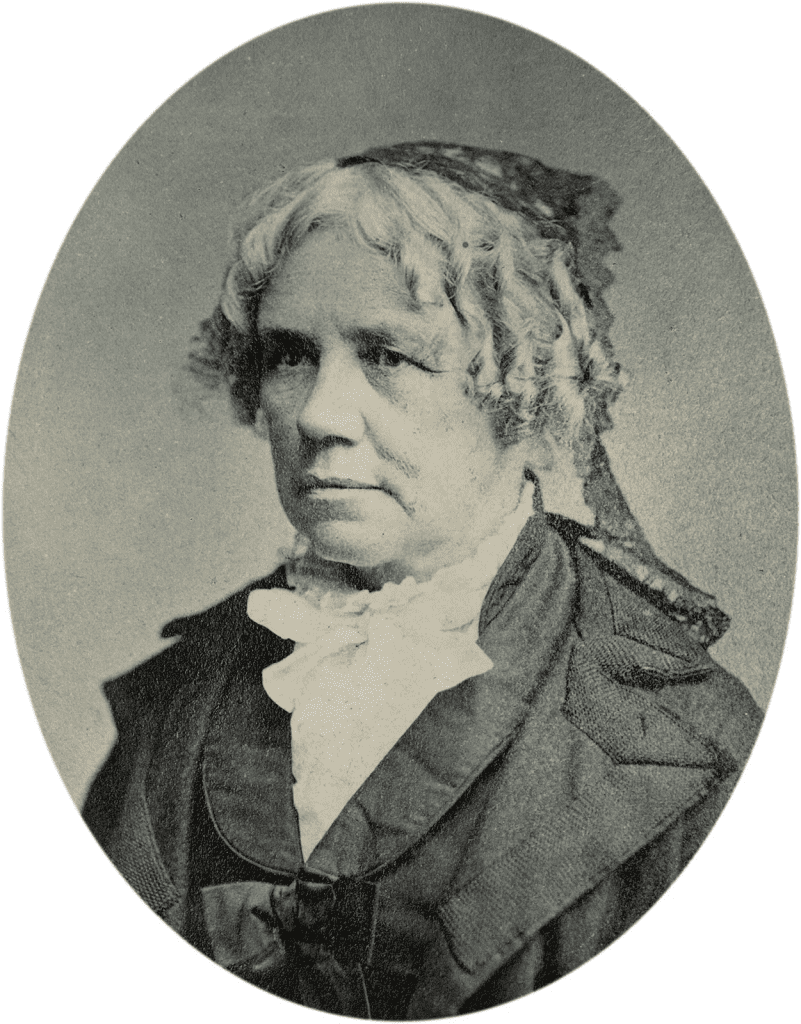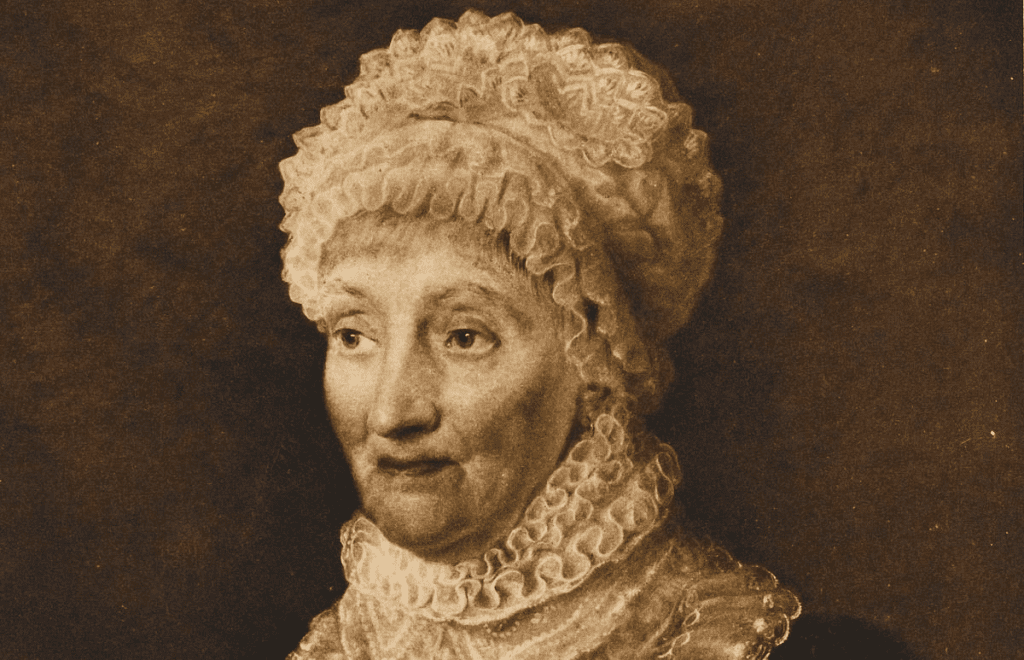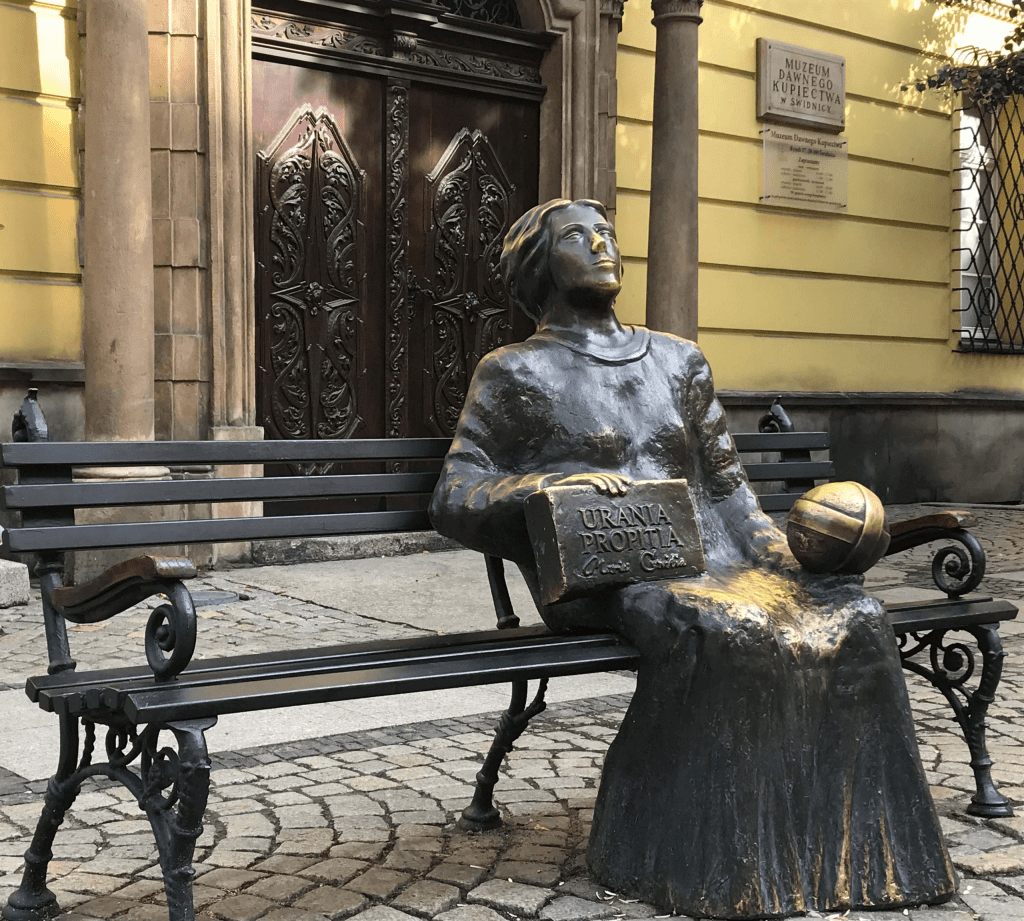For centuries, astronomy was considered a male domain. Telescopes, theories, and celestial discoveries were tied to names like Galileo, Kepler, and Newton. But behind some of the greatest advancements in astronomy were brilliant women whose work often went uncredited or underappreciated. Their names were Maria Kirch, Caroline Herschel, and Maria Cunitz. Each of them defied the expectations of their time and helped chart the heavens with intellect, persistence, and passion.
Their contributions helped shape the way we understand the universe today.

Maria Kirch: The First Woman to Discover a Comet
In 1702, German astronomer Maria Kirch made an extraordinary discovery. Using her own observations and meticulous notes, she spotted a comet. But despite her clear role in the discovery, the credit was given to her husband, Gottfried Kirch, who was also a respected astronomer.

At the time, women were not permitted to hold scientific positions or publish under their own names. Maria worked alongside her husband as a scientific partner, yet society viewed her work as simply assisting his. Her skills in observation, calculation, and astronomy were undeniable, but she had to fight for recognition in a field that did not welcome her.
Even after her husband’s death, Maria continued her work and tried to secure his position at the Berlin Academy for herself. Although she was denied due to her gender, her persistence marked a turning point for women in science.
Video:
How a Team of Female Astronomers Revolutionized Our Understanding of Stars | Big Think.
Caroline Herschel: The First Professional Female Astronomer
Caroline Herschel’s journey into the stars began in the late 1700s. Born in Germany and later based in England, she worked closely with her brother William Herschel, who famously discovered the planet Uranus.
While helping her brother build telescopes and conduct nightly sky surveys, Caroline discovered several comets on her own eight in total. She also cataloged hundreds of stars and nebulae, often working late into the night under harsh conditions.

In 1787, King George III recognized her efforts by granting her an annual salary, making her the first woman in Britain to be paid for scientific work. This was a groundbreaking moment for women in science. Caroline was no longer just an assistant; she was a professional astronomer in her own right.
Her work was later honored with medals from the Royal Astronomical Society and the King of Prussia. But more importantly, she opened the door for women to be seen as serious contributors to the field of astronomy.
Maria Cunitz: Making Planetary Math Accessible
Maria Cunitz, a Polish-German astronomer born in the early 1600s, was one of the most advanced scientific thinkers of her era. At a time when science was deeply entwined with Latin and cloaked in complexity, Maria set out to simplify it.
In 1650, she published Urania Propitia, a book that rewrote and clarified the astronomical tables of Johannes Kepler. Her version was more accurate and much easier to use, making complex planetary calculations accessible to more scholars.

What made Maria’s work even more remarkable was that she wrote her book in both Latin and German, ensuring it reached a broader audience. While Kepler’s work was brilliant, it was often difficult to use without formal training. Maria’s streamlined system helped both amateurs and professionals understand planetary movements with greater ease.
Despite her accomplishments, many doubted that a woman could have written such a scientific work. Her husband even had to publicly declare that the ideas were entirely hers.
Legacies Written in the Stars
These three women faced social, institutional, and cultural challenges that would have discouraged many. They were not allowed to attend universities, publish freely, or hold academic positions. Yet through persistence, intelligence, and passion, they left a mark on the cosmos and on history.
Video:
10 Famous Women in Astrophysics
Their stories remind us that the sky has always been open to those who dare to look up. Today, as women lead missions to Mars and operate some of the most advanced telescopes on Earth and in space, we can trace their paths back to pioneers like Maria Kirch, Caroline Herschel, and Maria Cunitz.
They did not just observe the stars. They fought to be seen among them.
Conclusion
The contributions of Maria Kirch, Caroline Herschel, and Maria Cunitz reshaped our understanding of the universe and challenged the limits of what women were allowed to do. Their brilliance paved the way for future generations of female scientists, proving that curiosity and intellect know no gender.
Their names deserve to be remembered not just in footnotes, but in the constellations of history.


